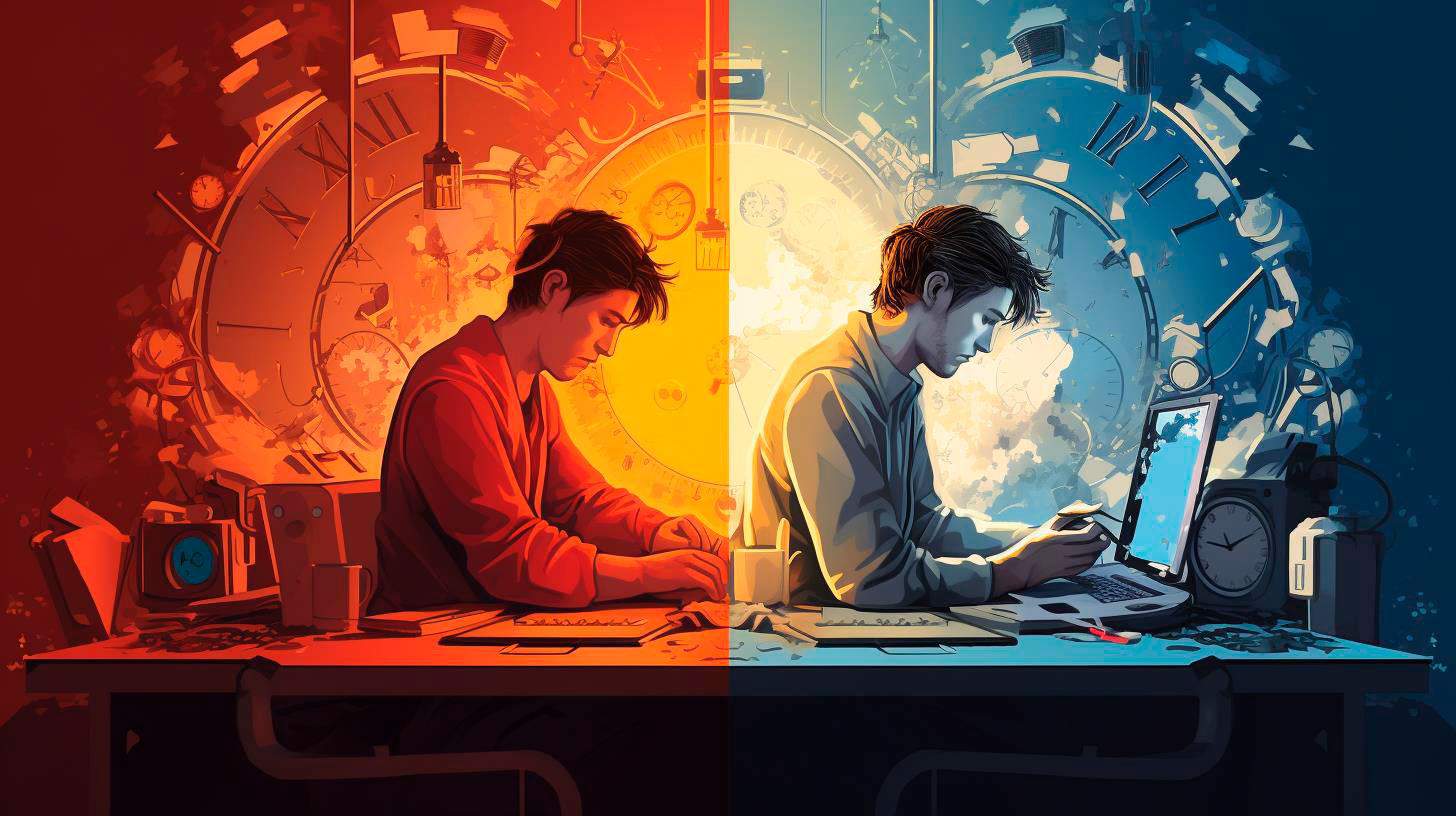In recent years, there have been several innovations and strategies to reduce the amount of radioactive waste generated by nuclear power plants. These advancements not only address the safe disposal of waste but also aim to minimize its creation in the first place. Let’s delve into some of the key takeaways:
1. Advanced Reactor Designs
Advanced reactor designs play a significant role in reducing radioactive waste. These next-generation reactors have features that enable them to efficiently utilize nuclear fuel, resulting in a reduced amount of waste generated. For example:
- Molten Salt Reactors: These reactors use a liquid fuel mixture, allowing them to extract more energy from the fuel and produce less waste compared to traditional reactors.
- Fast Reactors: These reactors can use plutonium and other long-lived isotopes as fuel, converting them into shorter-lived isotopes. This conversion decreases the amount of radioactive waste and reduces its long-term storage requirements.
These innovative designs offer promising solutions to mitigate the radioactive waste problem while retaining the benefits of nuclear energy.
2. Reprocessing and Recycling
Reprocessing and recycling nuclear fuel is another strategy to reduce radioactive waste. Currently, only a small portion of the spent fuel is reprocessed, while the majority is considered waste. However, advancements in reprocessing technologies have the potential to significantly minimize waste generation:
- Separation Techniques: New separation techniques allow for the extraction of valuable isotopes from nuclear waste, which can be used as fuel in reactors. By reusing these isotopes, less waste is produced.
- Transmutation: Transmutation involves converting long-lived radioactive isotopes into more stable or short-lived isotopes. This process can significantly reduce the volume and lifespan of radioactive waste.
By implementing reprocessing techniques, nuclear energy can become a more sustainable and environmentally friendly option.
3. Improved Waste Storage and Disposal
While reducing waste generation is crucial, proper storage and disposal of radioactive waste are equally important. Advancements in waste management techniques ensure the safe containment and long-term isolation of radioactive materials:
- Deep Geological Repositories: These repositories are designed to safely store radioactive waste deep underground. This method offers long-term isolation from the environment, minimizing the risk of contamination.
- Engineered Barriers: Various engineered barriers, such as canisters and engineered backfill materials, are used to ensure the integrity and containment of radioactive waste.
Efficient waste storage and disposal techniques are essential to preventing any potential hazards associated with radioactive waste.
4. Public Awareness and Education
Public perception plays a vital role in shaping energy policies and determining the future of nuclear energy. Initiatives focused on public awareness and education aim to address misconceptions and instill confidence in the safety and effectiveness of nuclear energy. Key aspects of these initiatives include:
- Transparency: Providing clear and unbiased information regarding the risks, benefits, and management of radioactive waste.
- Community Engagement: Involving local communities in decision-making processes related to nuclear energy facilities and waste management.
By fostering a better understanding of nuclear energy and waste management, these initiatives can help garner support for reducing radioactive waste and embracing sustainable nuclear energy solutions.
Conclusion
Reducing radioactive waste in the nuclear energy industry is crucial from both environmental and safety perspectives. Advanced reactor designs, reprocessing and recycling technologies, improved waste storage and disposal methods, along with public awareness initiatives, all contribute to minimizing the impact of radioactive waste. These innovations and strategies demonstrate that nuclear energy can be both a reliable source of power and a sustainable solution for a cleaner future.
